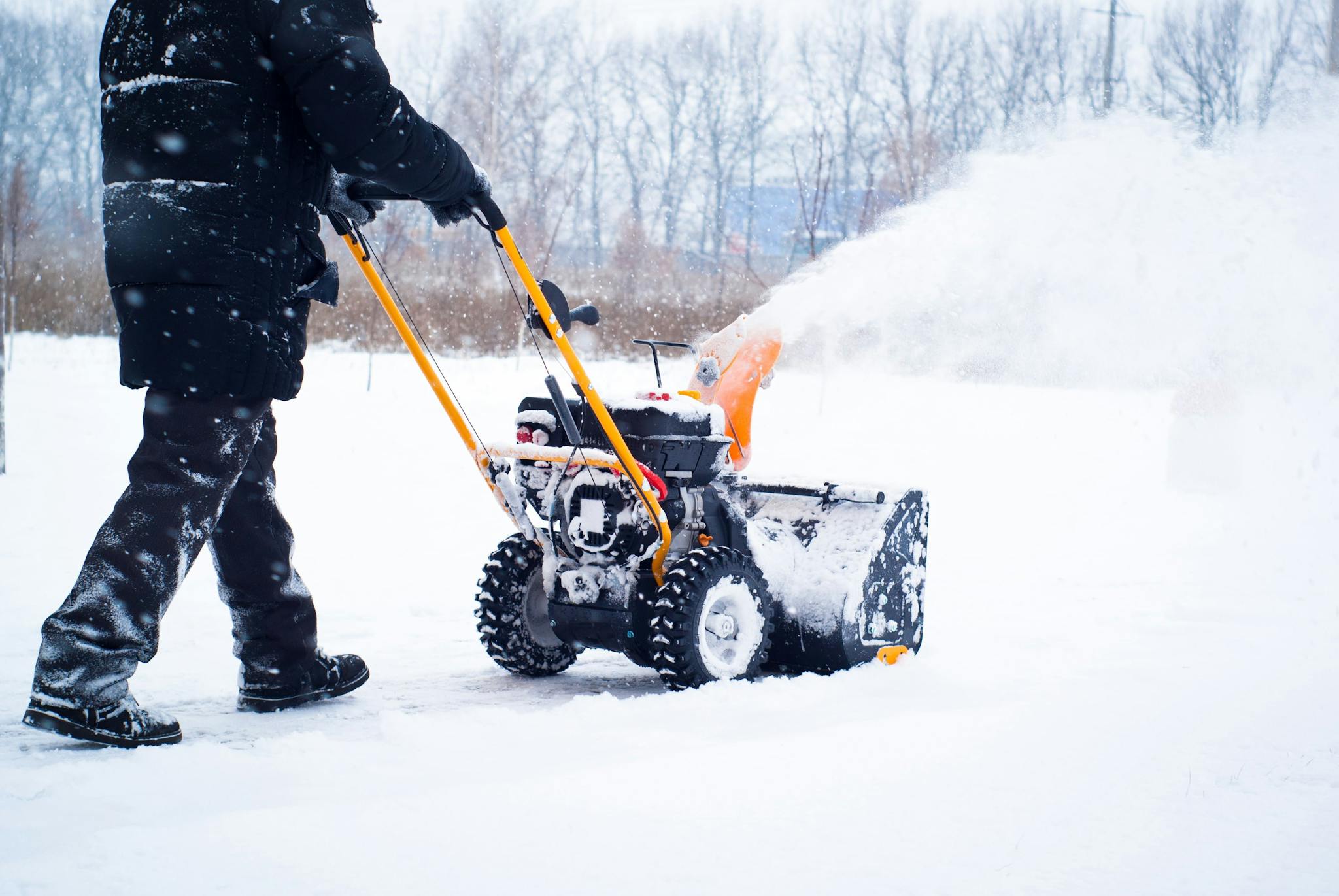
2024-07-12T16:54:51
Sunscreen Travel Tips
- Dermatology
January 17, 2019 | Orthopedics

Ice, snow, puddles. Extension cords running across front walkways and fallen branches due to high winds and heavy snows. These are all very real concerns in areas that are susceptible to extreme weather conditions in the winter. Regardless of your age or current health status, you may become the victim of a slip and fall accident if you’re not careful.
If you’re like most people, you associate falls with embarrassment. However, slips and falls can also result in severe injuries, including:
Although property owners have a legal obligation to keep premises in relatively safe conditions for visitors, it’s important to take a certain level of responsibility for your own safety. This is especially true during the colder months when Mother Nature creates hazards of its own. Some steps you can take to keep yourself safe when the weather turns frightful include:
If you do fall and sustain an injury, reach out to your healthcare provider right away. Your healthcare provider can perform a thorough examination and determine the extent of your injuries. He or she can also prescribe a course of treatment designed to help you heal as quickly as possible.
“10 Tips to Avoid Winter Slips, Trips and Falls.” UPMC Health Beat. https://share.upmc.com/2015/01/10-tips-avoid-winter-slips-trips-falls/
“The Most Common Slip and Fall Injuries.” Spinalcord.com. https://www.spinalcord.com/blog/the-most-common-slip-and-fall-injuries

WRITTEN BY:
The Live Better Team


2024-07-12T16:54:51

2024-07-02T11:42:04

2024-07-01T13:49:28

2024-06-21T14:29:51
This information is not intended to replace the advice of a medical professional. You should always consult your doctor before making decisions about your health.